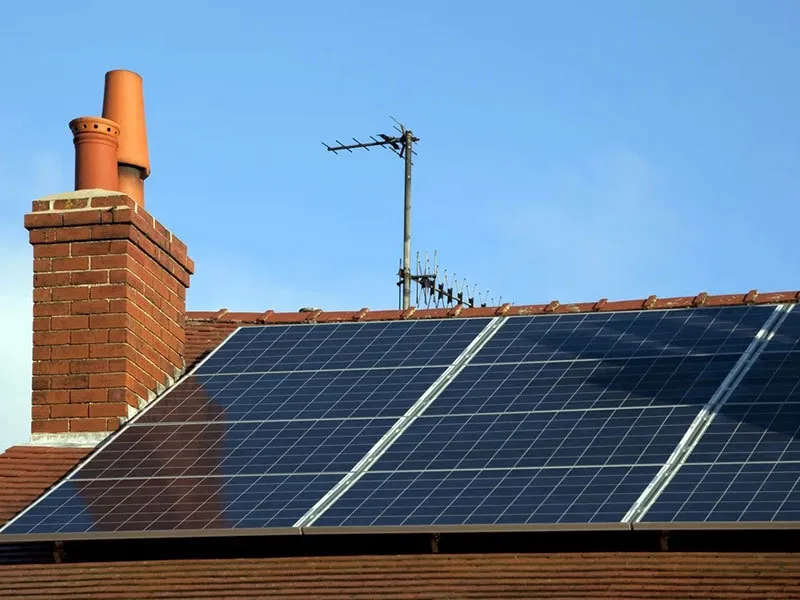solar panel specs comparison
A Comprehensive Comparison of Solar Panel Specifications
As the world pivots towards sustainable energy solutions, solar panels have emerged as a leading technology for harnessing renewable energy. Given the plethora of options available in the market, it is crucial for consumers and businesses to understand the specifications that differentiate one solar panel from another. This article provides a detailed comparison of key specifications that can influence your decision when selecting solar panels.
1. Efficiency Rate
One of the most significant factors to consider is the efficiency rate of solar panels. This metric indicates how effectively a solar panel converts sunlight into usable electricity. Currently, most solar panels have an efficiency rating between 15% and 22%. Higher efficiency panels are particularly beneficial for space-limited installations as they produce more energy with a smaller footprint. For instance, monocrystalline panels, known for their high efficiency, can be ideal for residential roofs.
2. Power Output
The power output of a solar panel, measured in watts (W), indicates the amount of electricity it can produce under standard test conditions. Higher wattage means more electricity generation potential, which is vital for meeting energy needs. Most residential solar panels range from 250W to 400W. Comparing power outputs allows you to better estimate how many panels you’ll need to meet your energy requirements.
The temperature coefficient of a solar panel describes its efficiency drop in relation to increases in temperature. This specification is essential, especially in warmer climates where solar panel performance can diminish as temperatures rise. A lower temperature coefficient value indicates better performance in high temperatures. Therefore, choosing panels with a favorable temperature coefficient can lead to better long-term energy production.
solar panel specs comparison

4. Warranty and Lifespan
The durability and longevity of solar panels are reflected in their warranty periods. A typical warranty spans 25 years, covering both product performance and power output. Investing in panels with robust warranties can offer peace of mind, as it indicates manufacturer confidence in their durability and performance. It’s also essential to consider the expected lifespan of the panels, which typically extends beyond 25 years, although efficiency may decrease over time.
5. Cost and Return on Investment
Cost is often a primary concern when selecting solar panels. While comparing prices, it’s crucial to evaluate the cost-per-watt to ensure you are getting value for your investment. Calculating the return on investment (ROI) considers factors such as energy savings, government incentives, and potential increases in property value due to solar installations. While cheaper options may seem appealing, long-term performance and efficiency are often worth the upfront investment.
6. Type of Solar Panel
Solar panels are primarily categorized into three types monocrystalline, polycrystalline, and thin-film. Monocrystalline panels are known for high efficiency and sleek aesthetics, but they come at a higher price. Polycrystalline panels offer a balance between cost and efficiency, while thin-film panels are lighter and flexible but typically have lower efficiency rates.
In conclusion, comparing solar panel specifications is key to making an informed decision. By evaluating efficiency rates, power output, temperature coefficients, warranty coverage, costs, and types of panels, consumers can choose the best solar panel option that aligns with their energy needs and budget. As the demand for renewable energy continues to grow, understanding these specifications will empower you to invest wisely in solar technology.
-
Unlocking Energy Freedom with the Off Grid Solar InverterNewsJun.06,2025
-
Unlock More Solar Power with a High-Efficiency Bifacial Solar PanelNewsJun.06,2025
-
Power Your Future with High-Efficiency Monocrystalline Solar PanelsNewsJun.06,2025
-
Next-Gen Solar Power Starts with Micro Solar InvertersNewsJun.06,2025
-
Harnessing Peak Efficiency with the On Grid Solar InverterNewsJun.06,2025
-
Discover Unmatched Efficiency with the Latest String Solar InverterNewsJun.06,2025







